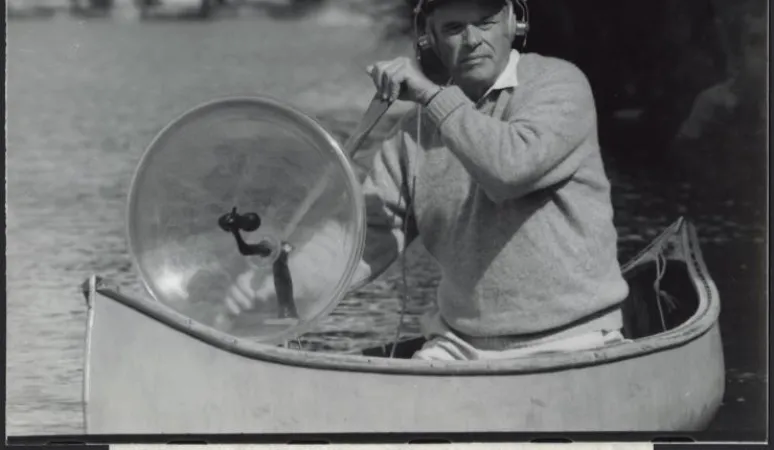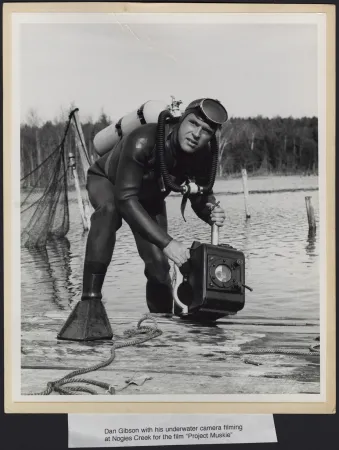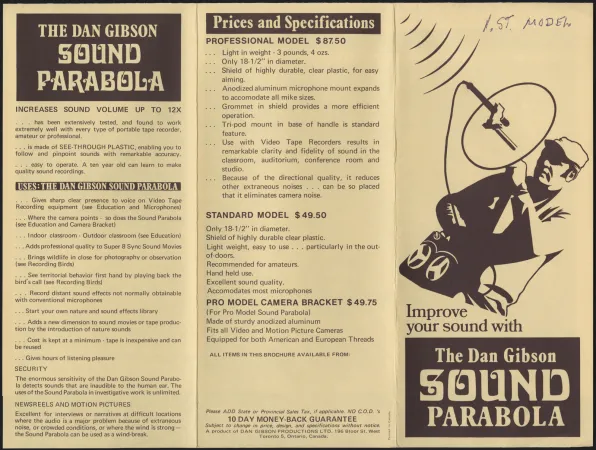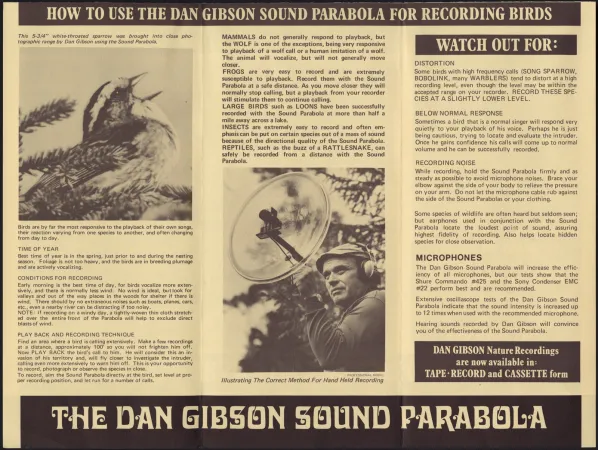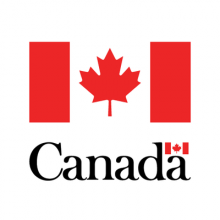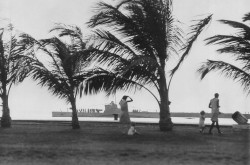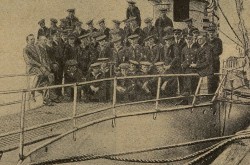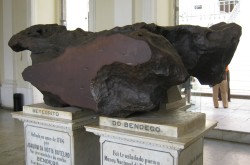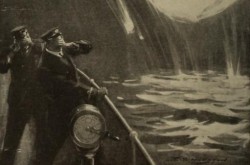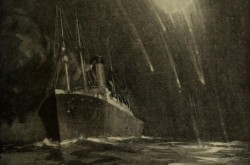The Dan Gibson Parabolic Microphone
This article was originally written and submitted as part of a Canada 150 Project, the Innovation Storybook, to crowdsource stories of Canadian innovation with partners across Canada. The content has since been migrated to Ingenium’s Channel, a digital hub featuring curated content related to science, technology and innovation.
Daniel Armstrong Gibson was born on January 19, 1922. He was a photographer, filmmaker and sound recordist who dedicated his life to capturing the sights and sounds of the wilderness. It was at Algonquin Park’s Camp Ahmek, where Gibson attended as a camper, and later as a staff member, that he fell in love with nature. Gibson began his career in photography in 1940, and then went on to filmmaking, eventually creating Dan Gibson Productions. While filmmaking, Gibson was routinely faced with the lack of a stock sound library at his disposal. Gibson’s innovative approach led him to record his own wilderness sounds, and his groundbreaking work in synchronizing sound with visual content succeeded in transporting the viewer into the wilderness.
White Throat, a short film about the white-throated sparrow, and one of his early award-winning flagship films, is a testament to his mastery. Gibson’s keen interest in sound led him to pioneer popular recording techniques and in particular to develop and patent The Dan Gibson Parabolic Microphone with a system that revolutionized sound recording in the field for both amateur and professional bird lovers alike. With KEGProductions, Gibson produced 150 nature television programs, and by 1981 he introduced his iconic “Solitudes”, an unprecedented series of recorded albums featuring nature and bird sounds put to music. Gibson was a longstanding member of the Canadian Society of Cinematographers, was recognized as an industry builder at the 1997 Junos, was added to the Canadian Music Hall of Fame, and received the Order of Canada for his life’s work and for his role in creating public awareness of the importance of conservation, wildlife and natural heritage.



